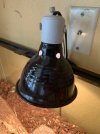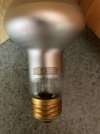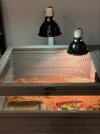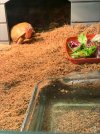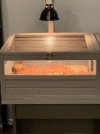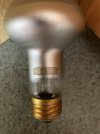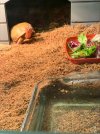D-a-n_L
Member
I am transferring my Russian Tortoise “Rex” to a new enclosure. I am going to use coconut husk fibers substrate in the below habitat. Should I put the substrate through out the entire habitat or just inside or just outside his cave. He loves to burrow. He is kept inside because it gets cold and wet up here. Thank you.


